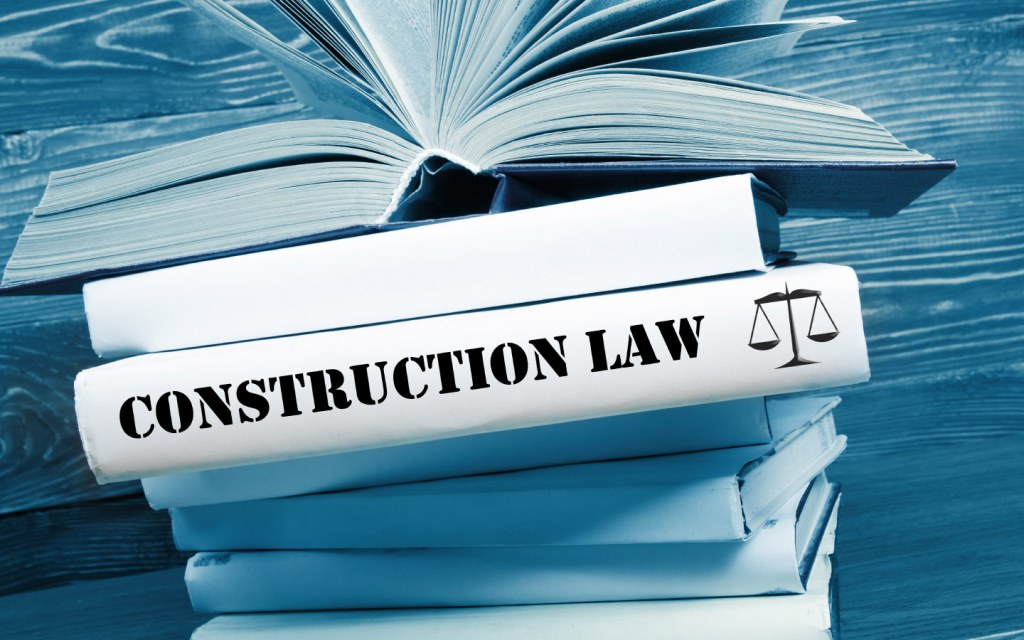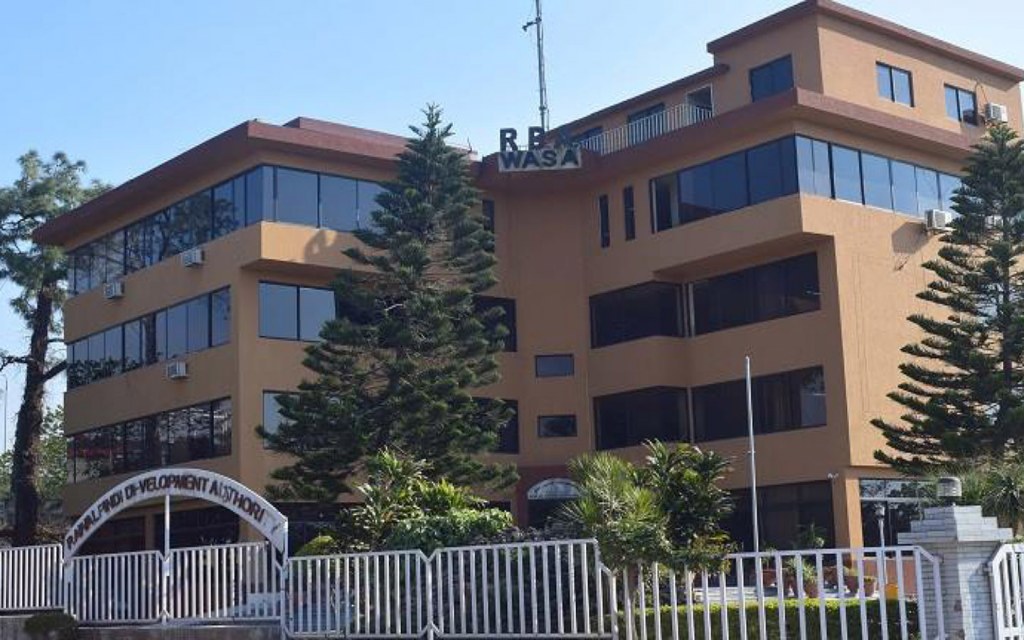Home » Laws & Taxes » RDA Modifies Building By-Laws—Approves High-Rise Construction
Update (28th January 2020): The 46th meeting of RDA’s governing body was held on Saturday, 25th January 2020. The meeting saw the authority make further amendments to RDA’s Building and Zoning Regulations to allow the construction of 100-feet tall buildings on Grand Trunk (GT) Road. The decision comes with a condition that these structures should have earthquake-proof designs.
The RDA also sanctioned an increase in the height limit for buildings on 16 commercial streets, raising the limit from 35 feet to 65 feet. These include Rashid Minhas Road, High Court Road, Chakri Road, Adiala Road, Asghar Mall Road, and Dhamial Road, among others.
The Rawalpindi Development Authority, also commonly known as RDA, is the governing body that authorises and approves the construction of new projects in Rawalpindi, a city that makes up the moniker of the twin cities with Islamabad—the capital of Pakistan. This is so because Rawalpindi lies adjacent to Islamabad. Thus, all housing and construction projects in the city must conform to RDA’s Building and Zoning Regulations to be first approved by the authority and then move towards the development process.
However, while RDA’s Building and Zoning Regulations were last updated in 2007, the authority has made a move to incorporate and accept some of the building by-laws and zoning regulations set in place by the LDA in 2019. This includes allowing the construction of high-rise 10-storey buildings in Rawalpindi along with several other specific measures that will help develop the city vertically as horizontal space continues to become more scarce and expensive. Let’s get an understanding of what the new zoning and building regulations of the RDA mean for Rawalpindi and future developments in the city.
Amendments to RDA’s Building and Zoning Regulations

Near the end of 2019, RDA’s governing board held its 45th meeting, chaired by Tariq Mehmood Murtaza, where the authority adopted several of the building by-laws set by the LDA with regards to high-rise constructions. The notions were modified slightly to make them more suitable for Rawalpindi, though. Here are some of the key takeaways from the meeting:
- Construction of 10-storey buildings approved on 10 kanal plots
- Use of residential premises for commercial purposes
- Community hall approved for buildings on 2 kanal plots
Let’s discuss each of these regulations in relation to high-rise constructions in Rawalpindi.
RDA Approves Construction of 10-Storey Buildings on 10 Kanal Plots
In line with Prime Minister Imran Khan’s vision where vertical expansions should be considered to accommodate a maximum number of people in the available space, RDA’s governing board discarded its earlier ruling of a maximum of only four storeys being allowed for construction in the city, in favour of 10-storey high-rise constructions in all parts of the city. However, the building plans for high-rises would only be approved on a 10 kanal plot or more with at least 200 apartments being planned for accommodation. Plans for apartment buildings would also not be approved on a plot size smaller than 4 kanal.
It was further decided that building plans that strayed from the new regulations might also be approved, based on individual circumstances. However, a hefty fine would be imposed on the developers prior to approval.
Use of Residential Premises for Commercial Purposes
The new building by-laws of the RDA also approved the construction of commercial shops on the ground floor of residential apartments, with about 10% of the residential structure being allocated for commercial use.
Accordingly, the maximum area that can be used for commercial purposes will depend on the size of the plot itself. A 10 marla apartment building can dedicate 450 square feet of its ground floor to a commercial shop, while two shops, each being no more than 450 square feet, can be built on the ground floor of a 1 kanal residential building. For larger plots of 2 kanal or more, up to four commercial shops (no more than 450 square feet each) can be set up on the ground floor with residential apartments being built for accommodation above.
Community Hall Approved for Buildings on 2 Kanal Plots
The RDA went a step further during the meeting to approve the development and use of an 800 square feet community hall in all apartment buildings that are of 2 kanal or more. However, this community hall will not be commissioned for commercial purposes and will only be used as a meeting and gathering place for residents.
About the RDA

Established in May 1989 as an autonomous body to replace the Rawalpindi Improvement Trust (RIT), the organisation began its operations from March 1992. Over the years, the RDA has played a key role in the development of Rawalpindi, completing several projects which have uplifted the form and functionality of the city. The authority’s primary aim is to improve the quality of life for the citizens of Rawalpindi by approving and completing projects under a set system of planning and development that maximises the use of the available resources.
Projects Completed by the RDA
Some of the projects the RDA has completed over the years include:
- Development of Rawal Road
- Remodelling of Murree Road
- Rehabilitation of the Rawal Lake Filtration Plant
Ongoing Projects by the RDA
Some of the ongoing and future major projects that will change the outlook of Rawalpindi include:
- Construction of the Rawalpindi Ring Road (RRR)
- Expansion of Leh Nullah Expressway
- Development of new Rawalpindi housing schemes
- Completion of the RDA Parking Plaza
The city of Rawalpindi is part of the greater Rawalpindi/Islamabad metropolitan area, with the twin cities of Islamabad and Rawalpindi often sharing their resources, utilities, and public spaces, including their airport, their cricket stadium, and a number of other public amenities. Thus, development in Rawalpindi will directly affect the standard of living and quality of life for those who live in the capital as well.
The RDA is also dedicatedly involved in the rainwater harvesting and kitchen gardening projects that will help save rainwater for irrigation and cleaning purposes, and allow the cultivation of crops within residential homes with the help of a Turkish NGO.
We’ll continue to update the post as we learn more about the RDA’s Building and Zoning Regulations, so don’t forget to bookmark the page. Stay tuned to Zameen Blog for more updates on various construction and development projects around Pakistan. Drop us an email on blog@zameen.com if you have any queries or suggestions.



